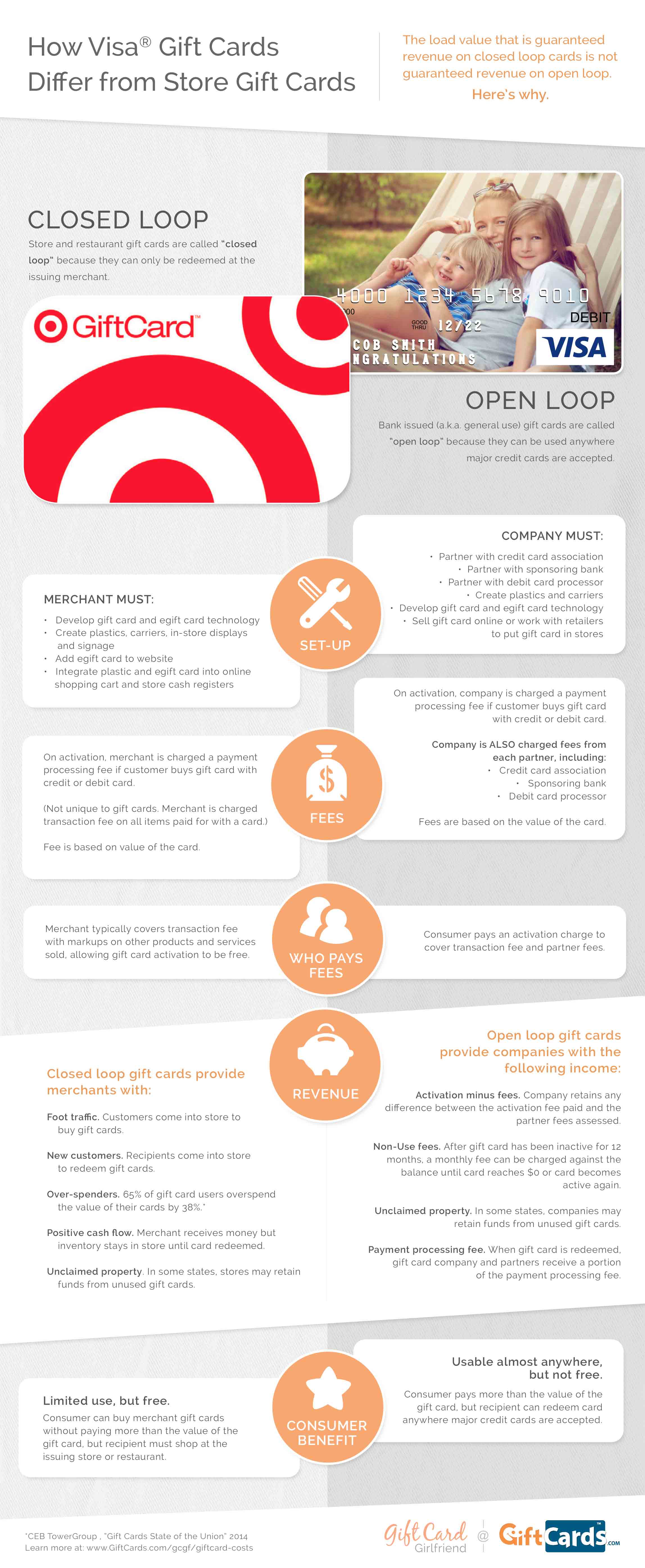Although they may seem similar, engraving and engraving vary in their techniques and end results. Understanding these procedures is necessary for any kind of firm seeking to personalize glass products.
Laser etching usages concentrated heat to melt the mini surface of your product, developing recessed markings that withstand damage and can be read under severe problems. It's optimal for things that require to be deducible, like industrial parts.
Aesthetics
Etching and inscribing both produce resilient, tactile layouts that stick out on the glass surface. They are ideal for tasks that need a refined, classy look.
Laser etching can be utilized to engrave glass, yet it needs a protective layer or shield to avoid warmth damage to the glass. A specialized spray or layer is available for this objective and can be applied to thin glass to lower breaking or damages throughout the engraving procedure.
It's also possible to engrave glass by hand using a rotary tool. This method is taxing and labor-intensive, but it can create high-quality results when done correctly. Be sure to use safety and security gear like safety glasses and a respirator mask to protect yourself from dirt and particles. You can start by attracting your design on the glass with a marker, after that put the rotary tool and slowly follow your style to engrave it right into the glass. After the engraving is full, carefully get rid of any type of continuing to be dirt or residue.
Convenience
The etching procedure offers a large range of applications for glass items. It is very versatile and can be utilized on various products and densities of glass. It is also very accurate and creates thorough, high-contrast designs on the glass surface. It can be used on both flat and rounded surface areas.
Glass inscription is a preferred choice for glass products like wine bottles, architectural dividers, and health facility decor. It produces a soft and subtle style that is not as obvious as etching, making it a superb alternative for ambient aesthetics.
To reduce heat tension on thin glass, apply a protective product like concealing tape or a damp paper towel to the surface area prior to laser inscription. This takes in and distributes laser power to lower local home heating and prevent breaking. Alternatively, finishing the glass with a moderate cleaning agent or dishwashing soap can additionally be a reliable pre-coating. Simply bear in mind to cover just the laser-contacting face of the glass with these moisture-absorbing pre-treatments.
Durability
Laser glass engraving creates deep, permanent markings that are durable and visually striking. It's ideal for artistic or light commercial purposes that call for a sleek appearance. Inscription needs exact and regulated handling of the glass to avoid warm damage and breaking. Thin or delicate glass can be more vulnerable to the high-contrast results of laser inscription, making it crucial to keep an eye on the procedure carefully for signs of overheating and fracturing.
Engraving uses a diamond-tipped tool to cut into the surface of the glass, developing a distinctive mark that's much less visually striking than laser etching. It's a common selection for applications where a frozen impact is chosen, such as decorative glass home windows and tailored presents. Like laser engraving, etching is very accurate and perfect for logos and various other in-depth imagery. Evergreen Glass uses state-of-the-art laser tools adjusted for ideal performance to attain etching and inscribing with extraordinary precision. For included comfort, our devices feature integrated modern glass engraving examples security features that make certain risk-free operation.
Price
Glass etching includes the use of chemical remedies to produce a design. While this strategy is not as exact and efficient as laser etching, it is still a superb option for artisanal glasswork, which can be a fantastic means to raise a special celebration gift or celebratory piece.
For the best outcomes, it is important to examine a sample item of glass before applying any type of etching creams. Various types of glass might react in different ways to the chemicals. Some will certainly etch very swiftly while others may take much longer. Sometimes, a piece of glass might also stop working to engrave whatsoever!
Laser engraving involves making use of a computer-guided system, generally described as a CNC (Computer Numerical Control) machine, to route a concentrated laser beam of light at the surface of the glass. This process calls for a top-level of technological skill and creativity. It is a reliable method to etch elaborate patterns on large-scale tasks with high degrees of precision.
